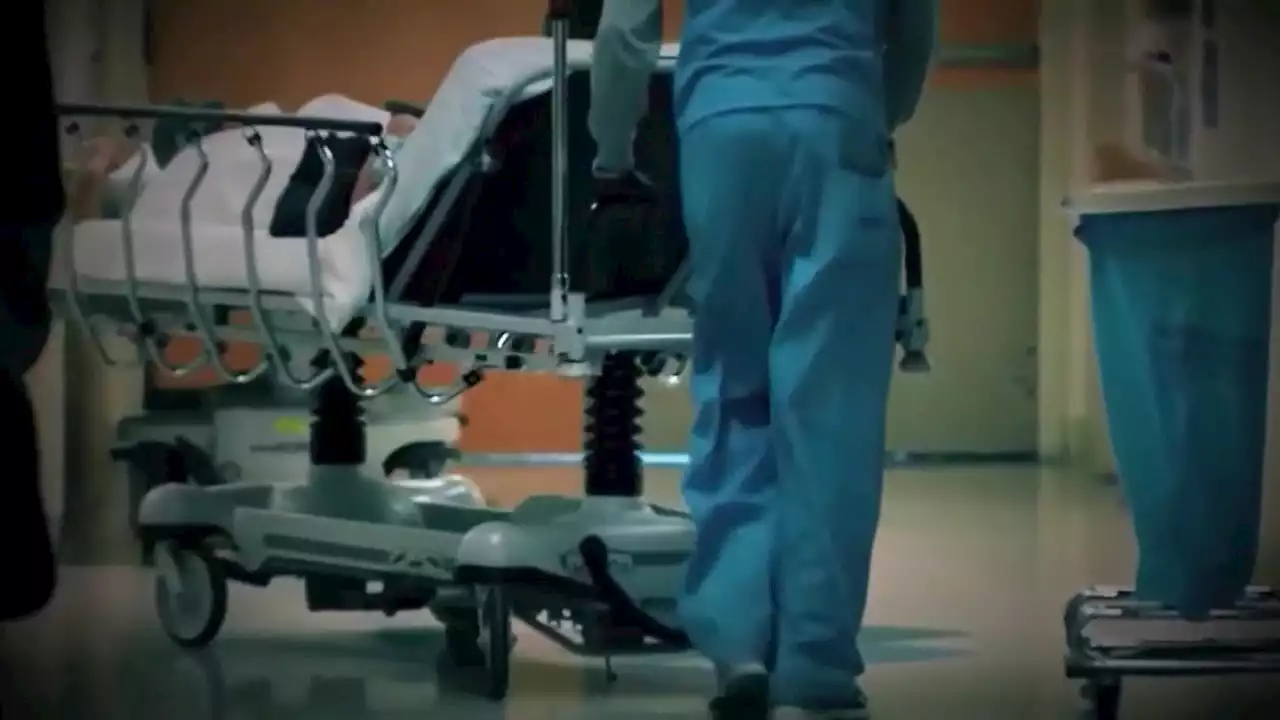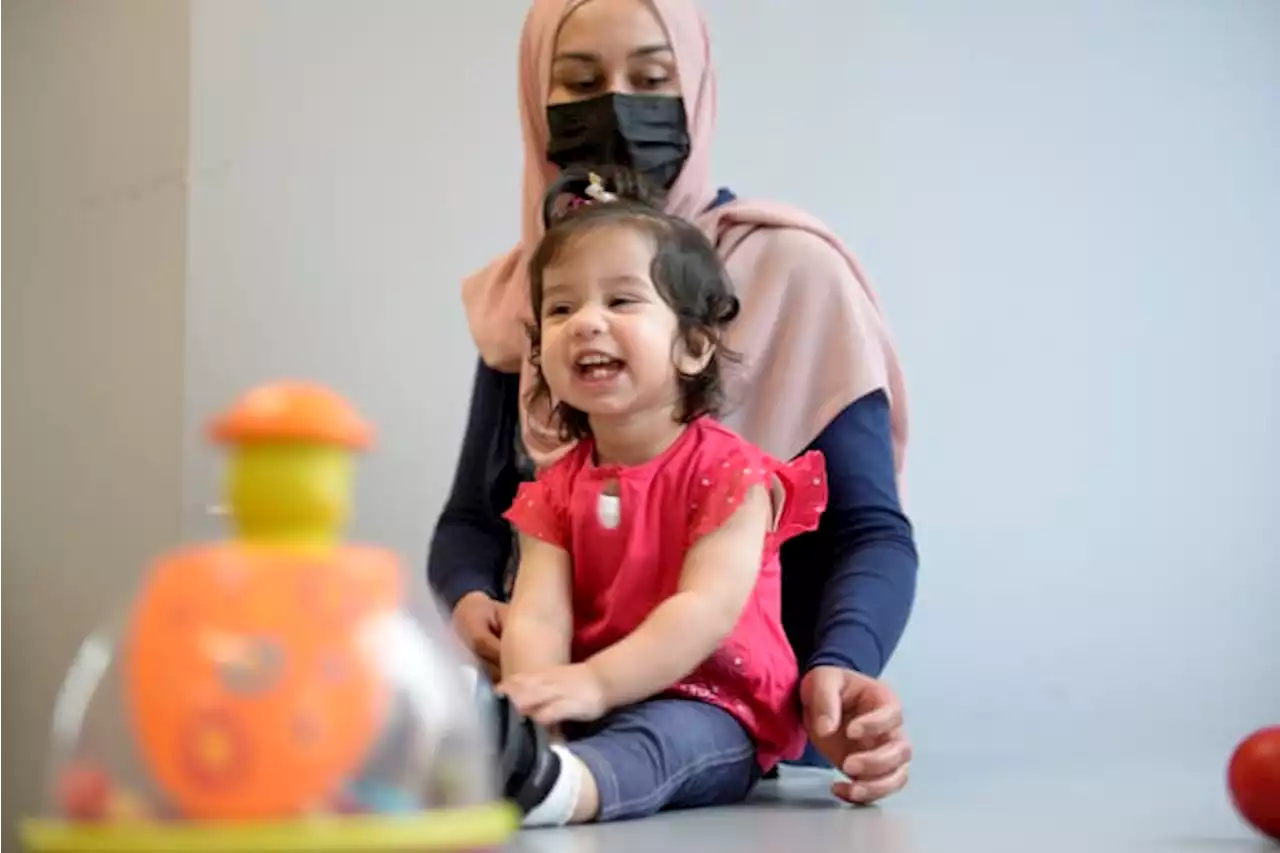“I knew that Lyme disease could be extremely disabling and debilitating, and it shocked me to know that I had a disease like that. It was very emotional.”
“I had no idea what kind of symptoms Lyme disease could give someone or even the possibility I could have
Reid is an equestrian and enjoyed riding her horse on trails. As her symptoms worsened, she stopped competing and even eventually needed to stop working. Rocky Mountain spotted fever, anaplasmosis and Colorado tick fever occur in the western United States because of the type of ticks that live in those regions. Lyme disease occurs more commonly in the Northeast and upper Midwest,, but it also exists in California. Adams said the first case was recorded in the late 1970s.
Sarah Reid once competed in equestrian events, but now that she has persistent symptoms of Lyme disease, she has to scale back how active she is at times.Reid never had what’s considered a telltale symptom — the bullseye rash. It develops in about 70 to 80% of people infected by Lyme disease,. The rash appears anywhere from three to 30 days after the tick bite and starts where the tick was. But many people don’t see it or don’t understand that it’s a symptom of Lyme disease.
But for patients like Reid, “there’s just really limited treatment options. They don’t work for everybody,” Reid said. “It’s a difficult process.”“The longer someone is not diagnosed and treated, the more likely they are to have persistent symptoms,” Adams said. “This delay in diagnosis directly impacts the chance that somebody will get better after a short course of antibiotics.”Raising awareness of Lyme disease in California has helped Reid grapple with the frustration she feels.
United States Latest News, United States Headlines
Similar News:You can also read news stories similar to this one that we have collected from other news sources.
 Doctors make history using novel technique to treat fatal genetic disease before birthThe girl, now 16 months, began receiving the critical protein her body can't make while still in the womb. The treatment was delivered through a needle inserted through the mother’s abdomen and guided into a vein in the umbilical cord. The disease killed two of the girl's sisters before they turned 3.
Doctors make history using novel technique to treat fatal genetic disease before birthThe girl, now 16 months, began receiving the critical protein her body can't make while still in the womb. The treatment was delivered through a needle inserted through the mother’s abdomen and guided into a vein in the umbilical cord. The disease killed two of the girl's sisters before they turned 3.
Read more »
 Paxlovid rebound more common than initially thought, doctors sayAfter more than 164 million courses of Paxlovid have been shipped around the world since April, doctors say a clearer picture of the drug is emerging, including its limitations with younger population and the possibility of rebound.
Paxlovid rebound more common than initially thought, doctors sayAfter more than 164 million courses of Paxlovid have been shipped around the world since April, doctors say a clearer picture of the drug is emerging, including its limitations with younger population and the possibility of rebound.
Read more »
 In a first, doctors treat fatal genetic disease before birthA toddler is thriving after doctors used a novel technique to treat her before she was born for a rare genetic disease.
In a first, doctors treat fatal genetic disease before birthA toddler is thriving after doctors used a novel technique to treat her before she was born for a rare genetic disease.
Read more »
 UCSF doctors help successfully treat rare, deadly genetic disease in utero for first timeThe University of California San Francisco researchers are now recruiting other families with pregnancies where the fetus has been identified as being affected with Pompe disease, or similar geneti…
UCSF doctors help successfully treat rare, deadly genetic disease in utero for first timeThe University of California San Francisco researchers are now recruiting other families with pregnancies where the fetus has been identified as being affected with Pompe disease, or similar geneti…
Read more »
